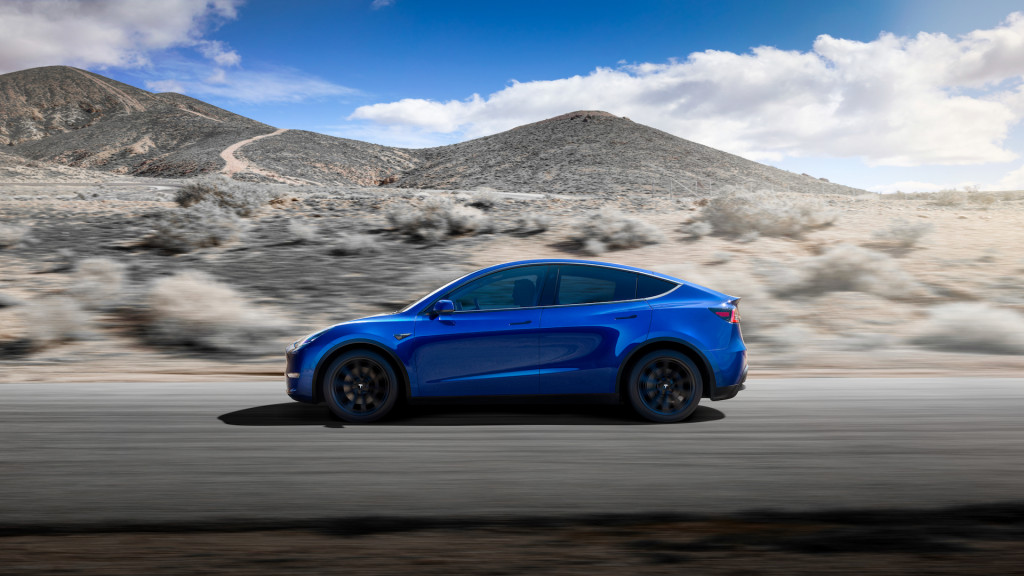Tesla's decision to implement a new camera-only "Tesla Vision" sensor suite for the North American-market Model 3 and Model Y is drawing scrutiny from safety advocates and regulators—and it's now costing Tesla top safety ratings.
Earlier this week, Tesla said it would eliminate radar from the driver-assist sensor suite of the Model 3 and Model Y in North America, leaving only cameras. The change applies to cars built beginning in May 2021. The Model S and Model X, as well as Model 3 and Model Y electric cars for other markets will retain radar, but Tesla said it would transition them to Tesla Vision camera-only sensing at a future date.
Tesla Vision will eventually enable the full range of driver-assist features, including Autopilot and the so-called "Full Self-Driving," but for now certain features will be curtailed, Tesla said. Autosteer will be limited to 75 mph with a longer minimum following distance, while Smart Summon and Emergency Lane Departure Avoidance may be disabled at delivery, the company said.
Meanwhile, owners are reporting an update that adds camera monitoring for the driver as part of this revamped, yet-incomplete safety package.
The National Highway Traffic Safety Administration (NHTSA) has said Model 3 and Model Y vehicles built on or after April 27 will no longer receive its check mark confirming installation of automatic emergency braking, forward-collision warning, lane-departure warning, and dynamic brake support, Consumer Reports reported Thursday. The NHTSA rescinded its check marks after being briefed by Tesla on production changes, the CR report said, as deletion of those features wasn't mentioned in the company's public announcement.

Tesla Model Y
Because of the change, CR said it no longer lists the Model 3 as a "Top Pick," and reported that the Insurance Insurance Institute for Highway Safety (IIHS) plans to rescind the Model 3's "Top Safety Pick+" award. The Model Y received a five-star safety rating from the NHTSA, but it hasn't yet been rated by the IIHS.
Tesla could theoretically regain its higher safety ratings by restoring these features, but that's assuming the driver aids perform on the same level with Tesla Vision as they did with radar.
The Model 3 has generally been a bright spot in Tesla's CR ratings, which have fluctuated significantly over the years, although the organization has point to various quality issues with the sedan. The Model Y was given a poor reliability rating in the latest CR survey.
This isn't the first time Tesla has been in the mire with the federal government on safety matters. The NHTSA several years ago asked Tesla to please stop claiming that it had the highest crash-test scores ever, after the automaker appeared to misinterpret how the agency tests vehicles.












